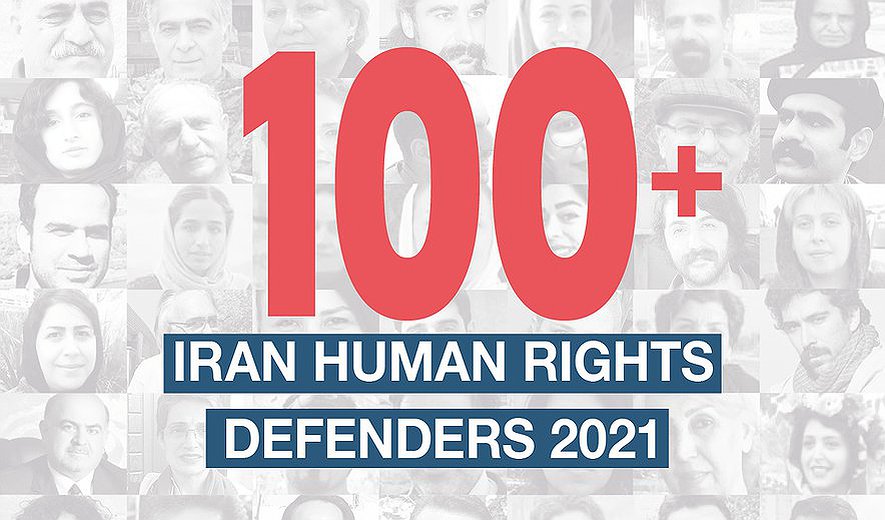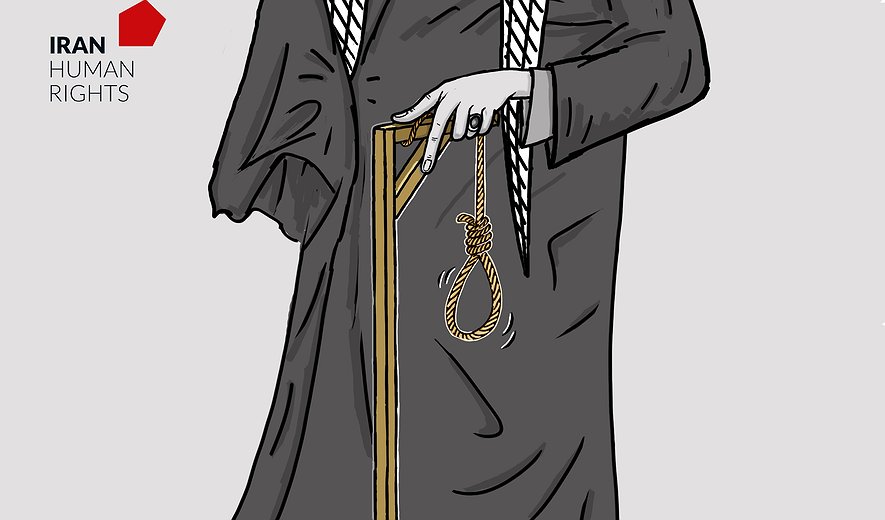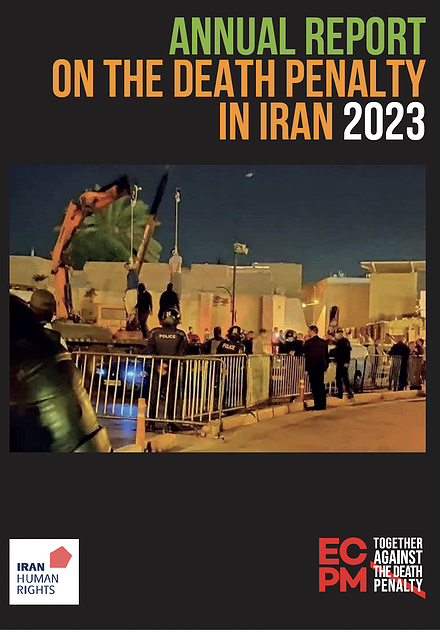Report: 479 Years Imprisonment and 907 Lashes for Human Rights Defenders in Iran

Iran Human Rights (IHRNGO); December 16, 2021: The suppression of human rights defenders (HRDs) has continued with greater intensity by the Islamic Republic authorities in 2021. This report provides a brief account of over 100 human rights defenders in Iran. While this list may seem extensive, they only represent a fraction of human rights defenders who have faced rights breaches. Defenders who have struggled by peaceful means to attain the most fundamental human rights for themselves and the people of Iran. In response, they have been sentenced to a total of 479 years imprisonment and 907 lashes.
In publishing this report, Iran Human Rights draws the international community’s attention to the situation of HRDs in Iran.
Iran Human Rights Director, Mahmood Amiry-Moghaddam said: “The world must not be a silent witness to the high price Iranian human rights defenders are paying for fundamental rights. The international community must in addition to defending the human rights defenders against atrocities, support their cause which is seeking a dignified life for all Iranians.”
Arbitrarily arrested and stripped of their right to a lawyer, due process and a fair trial, prison terms and degrading punishments like flogging are accompanied by prolonged solitary confinement, denial of medical care, familial punishments and other forms of physical and psychological torture, as well as prison exiles that ensure the defenders’ families have as little access to them as possible. Heavy fines and high bail amounts, bans on practicing their profession or losing their jobs, post-sentence exile and fabricated new charges, are used as a means of exerting additional pressure on the HRDs.
The number of HRDs included in the 2021 report is double that of last year's. This is partially due to the movement for justice and accountability that started in the 1980s and which has been growing rapidly following the bloody crackdown of the November 2019 nationwide protests and the shooting down of Flight PS752 by the Islamic Revolutionary Guards’ Corps (IRGC). The authorities have made rigorous attempts to silence the families through the softer approaches of offering diya (blood money) and the status of martyrdom for the victims, to threats and intimidation, neither of which has been successful. Maryam Akbari-Monfared who is a mother of three, has spent 12 years behind bars without one day of furlough because she is seeking justice for her four siblings who were killed in the 1980s. 75-year-old Gohar Eshghi, a mother who has been mourning in black since her son, blogger Sattar Beheshti was killed as a result of torture by Cyber Police in 2012, has faced threats and harassment in reprisal for seeking justice throughout the years. Days prior to the publication of this report, she was attacked by unknown men believed to be security forces. Manouchehr Bakhtiyari is serving three and a half years for demanding justice for his 27-year-old son, Pouya Bakhtiari, who was shot in the head during the November 2019 nationwide protests.
The human rights defenders profiled in this report include lawyers, journalists, teachers, women’s, workers and civil rights activists, environmentalists, minorities and whistleblowers. Behind bars for financial crimes, Shahin Naseri became an outspoken witness to the torture in detention of protester and wrestler, Navid Afkari. Fully aware of the consequences of his actions, he refused to be silenced until he was transferred to solitary confinement on the anniversary of Navid’s execution. His lifeless body was transferred to the infirmary some days later. Already behind bars for blowing the whistle on government corruption, Shahin’s cellmate, Farhad Salmanpour picked up his baton and became the outspoken witness to his death. On December 1, it was reported that Farhad was in the prison infirmary after being stabbed with a knife. Given this cycle of injustice, Farhad’s life is at risk.
The justice movement also now includes defence lawyers who are serving time behind bars with their clients and those who demanded justice over the government’s mishandling of the COVID-19 pandemic.
While this report may be a partial representation of all human rights defenders in Iran, it is also a window into the systematic repression of human rights and those that seek to achieve it. We hope that this report will provide new insights into the deteriorating state of human rights in Iran, offer accurate information to researchers and journalists, and assist human rights defenders and concerned citizens around the world in educating and informing about the fortitude of ordinary Iranians, seeking to improve the lives of others, at their own risk.
Through its publication, Iran Human Rights calls on the international community and all states with diplomatic relations with Iran, to demand the immediate release of all imprisoned HRDs. We also call upon civil society and members of the public all over the world to read their stories, learn their names, and join us in not only demanding their freedom and that of all HRDs but also amplifying their voices demanding basic fundamental rights for all Iranians.

